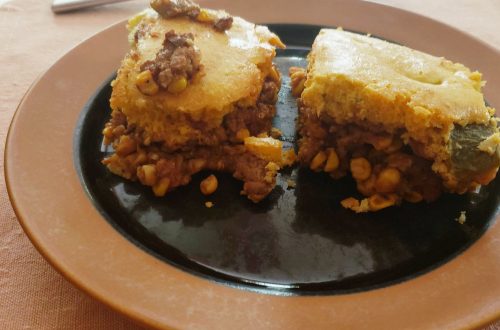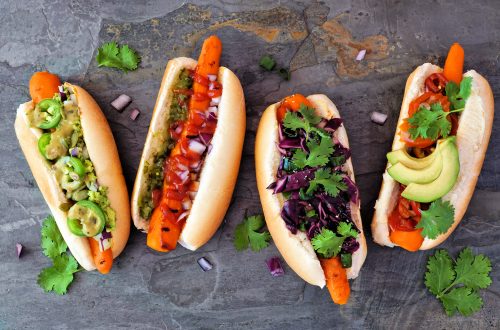
The Asian Hotpot Is Hot
Remember fondue? Back in the 1960s and 70s, this Swiss-originated pot of melted cheese in which a table of diners dipped chunks of bread was a trendy way to have a fun, communal meal with friends. Soon, there were heated pots serving chocolate fondue for dessert, and then, something that the Swiss called fondue Chinoise, a pot of hot broth in which diners dipped raw, thinly sliced meats, then dipped the cooked meat strips in sauce.
But what’s hot these days is the original Asian hotpot. And it’s not so much a dish as an experience. Especially in China where the dish originated a couple thousand years ago, hotpot is a good reason to draw family and friends together for a meal that features not just food but connection and conversation with the other participants. Here in the U.S., especially among the younger set – especially Gen Z’ers – hotpot is a great, healthy meal that’s also celebratory.
A Chinese food blogger describes the typical Chinese hotpot meal as an opportunity to gain valuable insights into Chinese culture and the importance of food, especially regional preferences. But most important, she advises, is that the meal is an opportunity to converse and bond over dinner. In my mind, that’s an ideal experience of celebration and communion.
The original hotpot began with Mongol horsemen who created meals by heating broth in their metal helmets, then dropping meat chunks into it. When they invaded China, the Mongols brought this dish with them, where it was not only adopted but also enhanced by Chinese emperors who created huge hotpot feasts for the royal court. In modern times, Chinese hotpot has a variety of styles across the country. Chongqing, the best-known, features a red broth with some 20 spices, chili pepper, and Sichuan pepper. Farther north in Beijing, the broth is mild or even bland. In Manchuria, the hotpot may contain a local sauerkraut that makes the broth a bit sour.
Hotpot is also popular elsewhere in Asia, where the locals have each added their own approach. In Japan, shabu shabu features meat or fish cooked in a kombu dashi stock. Cambodian hotpot uses coconut in its soup base, while neighboring Thailand uses a lemongrass-spiced chicken broth. Vietnamese hotpot (lau) uses kaffir lime leaves, red chili, and citronella. Korean hotpot – the rage not just in Korea but also in the U.S. – is bulgogi jeongol and usually consists of soup stock, glass noodles, assorted vegetables, and marinated bulgogi beef.
Firing up your own hotpot
Should you decide to convene your own hotpot feast, be aware that a perfectly adequate electric hotpot can be purchased for less than $100. If you’re not sure and want to experiment first, a slow cooker, Instant Pot, or even an electric fry pan could be a device for your initiation. Then it’s just a matter of selecting broth (plain, spicy, or sour); meat and/or seafood sliced thin; and vegetables and greens, also thinly sliced. Heat the broth and serve your ingredients on skewers or small plates.
Then all you need to do is to place a small number of the food items into the boiling broth for a very short time – usually less than a minute – with the longer-cooking elements (meat and tough vegetables) going in first. Pluck them out with chopsticks or skewers when cooked. If you’ve provided dipping sauces, all the better to add variety.
Now you’re ready to migrate to more adventure. Maybe add head-on shrimp, squid, tofu sheets, and oyster mushrooms. As for dipping sauces, sesame seed oil, cilantro, garlic, and even some of the broth, are common. Other interesting additions could be oyster sauce, crushed peanuts, chili garlic sauce, and chopped scallions. And don’t forget a soup ladle in case some of the diners wish to finish their meal with the broth.
Please click on the headline to view the blog on the website. You can log in and comment at the end of the blog to share your thoughts and start a discussion, or suggest a topic for Farmboy in the Kitchen.
If you’d like to share the blog, click on the Facebook icon or one of the others. Thanks!




